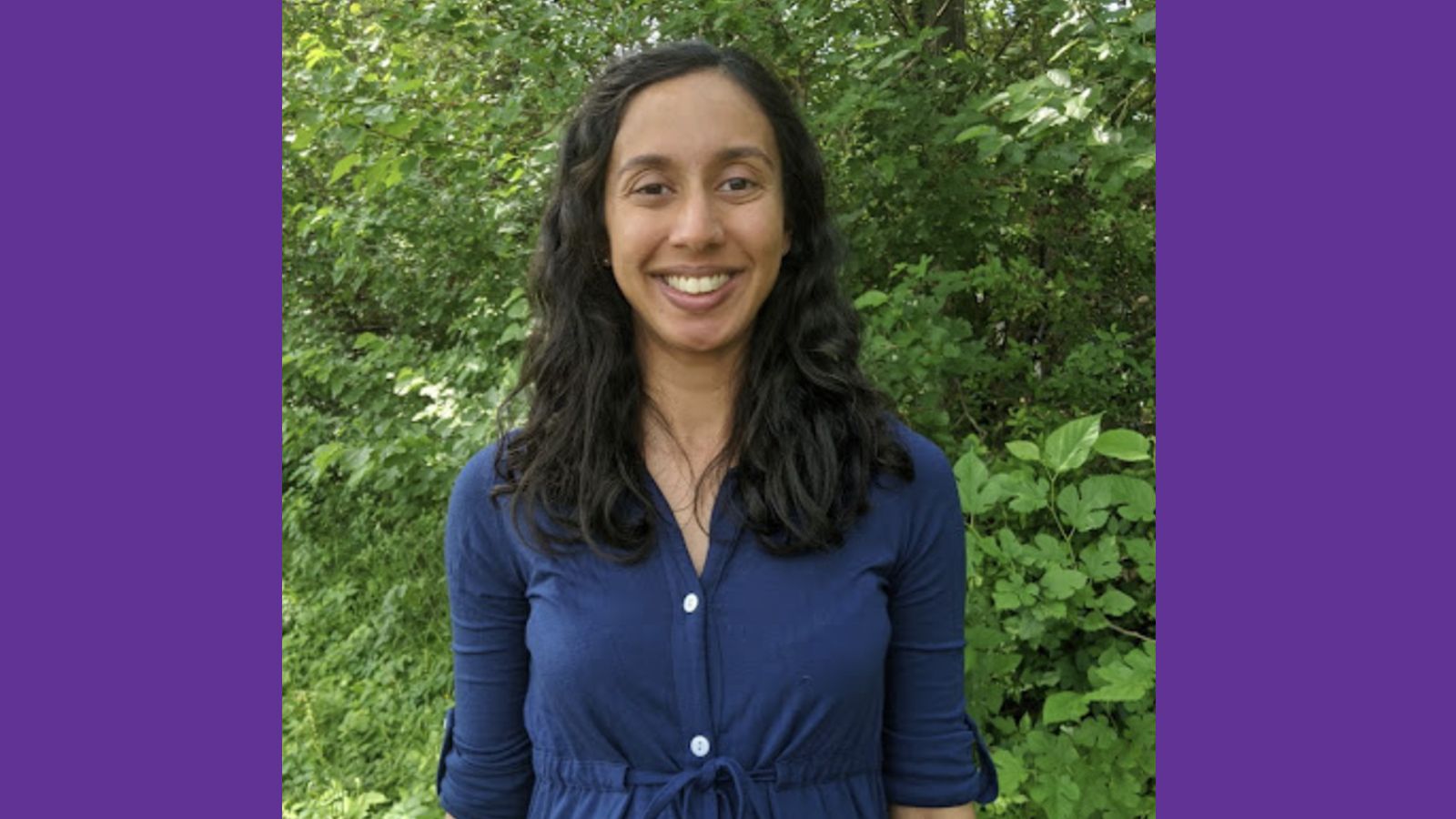She’s ruffling some feathers across the world.
A Hunter College researcher’s study shows that the death toll in India during the COVID-19 pandemic in 2020 was eight times larger than Indian government’s official numbers – causing some consternation in New Delhi.
The study by Assistant Professor of Economics Sangita Vyas found that, compared to 2019, life expectancy at birth was 2.6 years lower and mortality was 17% higher in 2020, implying that there were 1.19 million excess deaths in the first pandemic year. The Indian government, meanwhile, reported that there were 149,018 deaths from COVID in 2020.
The study was published in Science Advances.
Vyas says about the paper: “Not all births and deaths are registered in India, and disease surveillance systems are weak. Our estimates using high-quality survey data fill an important gap in understanding of pandemic mortality in India in 2020.”
The Indian government expressed unhappiness about the Vyas findings.
“Excess mortality reported in the Science Advances paper in 2020 over the previous year is a gross and misleading overestimate,” it responded in a press release,
Excess deaths are a simple measure of how many more people died than were expected to do so compared to previous years. This estimate of excess deaths in India is more than 2.5 times the estimated excess deaths in the United States in 2020. India is the world’s most populous nation, with more than 1.4 billion people, so accurately estimating its COVID mortality rates is important for understanding the global effect of the pandemic.
The study also found that, contrary to patterns in most other countries, females in India experienced a decline in life expectancy that was a year larger than losses for males. The pattern likely stems from patriarchal norms and gender inequality, Vyas, a developmental economist and demographer, maintains.
Marginalized social groups in India also experienced greater declines in life expectancy than high-caste Hindus, who are a privileged stratum of Indian society. The big declines among marginalized groups added to already stark lifespan disparities. The largest declines in life expectancy were observed among Muslims, who experienced a 5.4-year reduction in life expectancy at birth between 2019 and 2020.
“These patterns across sex and social group likely resulted from disparities in healthcare access and underlying health, differing impacts of lockdowns on livelihoods and resource allocation within households, and increased discrimination against women and marginalized groups," said Vyas.


